Abstract
Japanese pear cultivation has seen notable trends, with the national harvest yield reaching a peak of 197,000 tons in 2022. This reflects advancements in cultivation techniques and favorable weather conditions. The bearing tree area also hit its highest at 10,100 hectares, signaling stable production potential. Chiba Prefecture stands out in shipping volume, topping the list at 18,900 tons, highlighting its strong market presence. Past trends reveal regional shifts in production focus, driven by consumer preferences for sweetness and texture, as well as improvements in pest control and orchard management. Japanese pears remain a vital crop, balancing domestic demand with export growth potential.
Japanese pear harvest volume (main data).
Japanese pear production has experienced significant changes over the decades. The peak harvest yield of 519,000 tons in 1977 marked a high point in nationwide production. However, as of 2022, the harvest yield stands at 197,000 tons, only 37.9% of the peak. This decline reflects various factors, including reductions in the bearing tree area, aging farmers, and shifts in agricultural focus. Despite this, advancements in cultivation techniques and consumer demand for high-quality varieties have sustained the industry. Regional specialization, such as Chiba’s dominance in shipping, highlights efforts to optimize production. Japanese pears remain a key crop, adapting to changing times while preserving their cultural and economic significance.
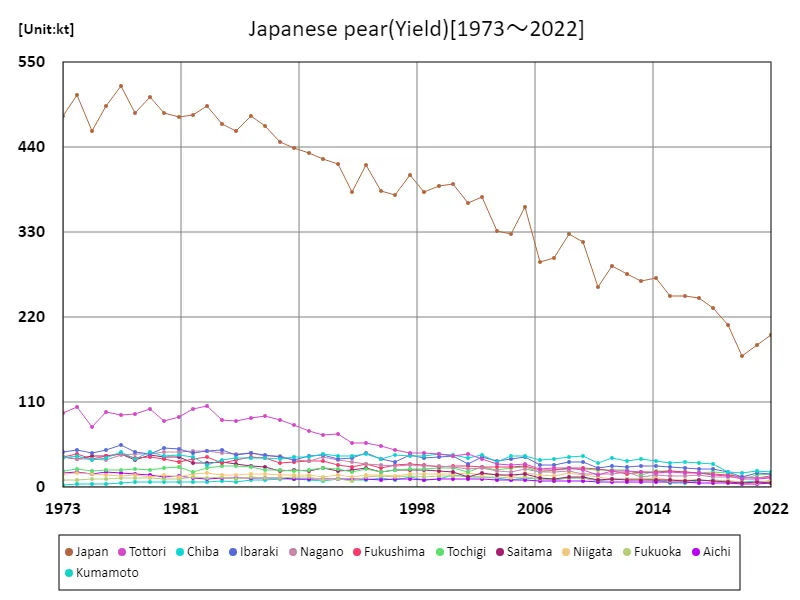

The maximum is 519kt[1977] of Japan, and the current value is about 37.9%
Japanese pear harvest volume (by prefecture).
In 2022, Chiba Prefecture led Japanese pear production with a yield of 19,200 tons, reflecting its strong position in the industry. Chiba’s success is attributed to favorable growing conditions, efficient farming practices, and proximity to major markets. Nationwide, the pear harvest has seen a long-term decline from its 1977 peak of 519,000 tons, with the 2022 figure standing at 197,000 tons. This drop mirrors trends such as shrinking agricultural land, aging farmers, and changing consumer preferences. However, regions like Chiba continue to excel by focusing on quality, branding, and market responsiveness, ensuring Japanese pears remain a beloved fruit both domestically and internationally.
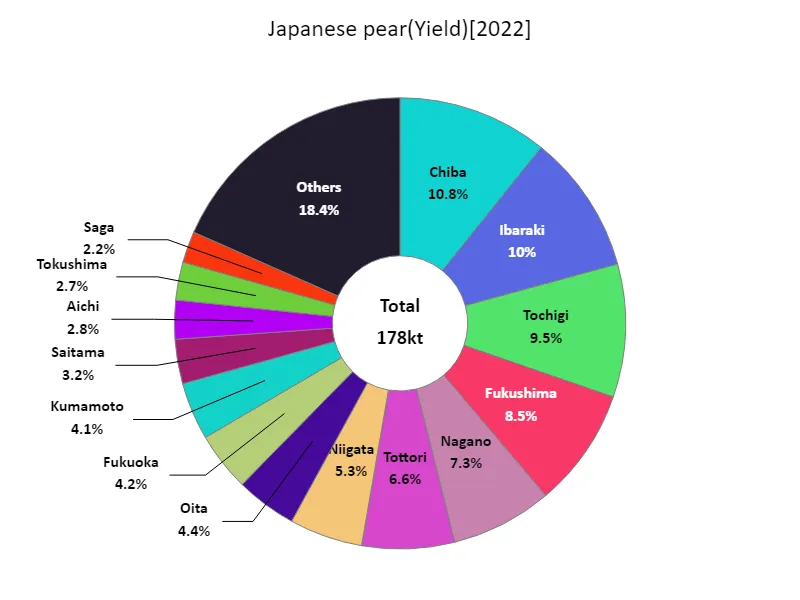

The maximum is 19.2kt of Chiba, the average is 5.94kt, and the total is 178kt
Bearing tree area of Japanese pear (main data).
The fruiting tree area of Japanese pears has significantly declined over the years, dropping to 10,100 hectares in 2022, just 53.7% of the 1985 peak of 18,800 hectares. This reduction reflects broader trends in Japanese agriculture, including urbanization, aging farmers, and decreased agricultural land. Despite this, productivity has remained relatively strong due to improved cultivation techniques and a focus on high-quality fruit varieties. Regions like Chiba have maintained a competitive edge, optimizing smaller areas for maximum yield. While the decline in tree area poses challenges, it also highlights the industry’s adaptability and commitment to sustaining Japan’s iconic pear production.
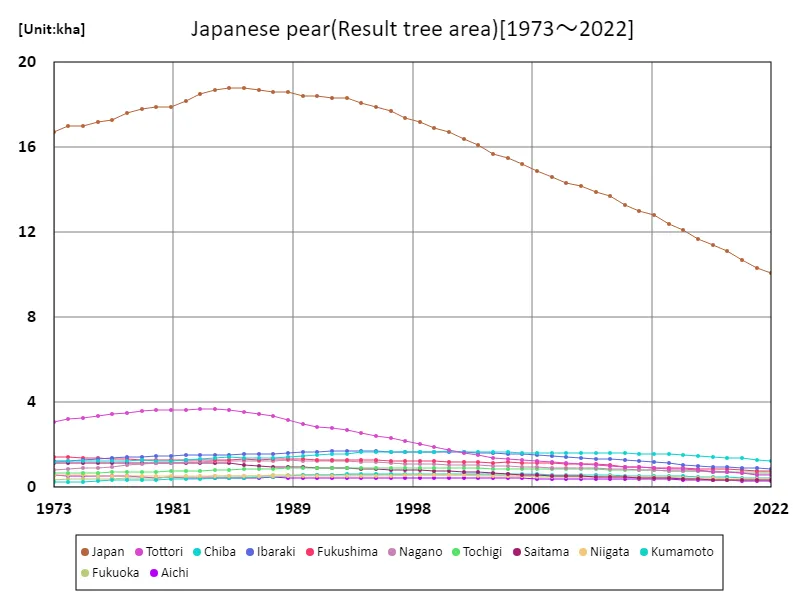

The maximum is 18.8kha[1985] of Japan, and the current value is about 53.7%
Area of bearing pear trees in Japan (by prefecture).
As of 2022, Chiba Prefecture leads Japan in fruiting tree area for Japanese pears, with 1,260 hectares, showcasing its prominence in pear cultivation. Chiba’s favorable climate, skilled farmers, and strategic market access contribute to its dominance. Nationwide, the fruiting tree area has declined significantly from its 1985 peak of 18,800 hectares to 10,100 hectares, reflecting trends such as urbanization, labor shortages, and shifts in agricultural focus. Despite this reduction, regions like Chiba emphasize high-quality production and efficient orchard management. These efforts ensure the continued significance of Japanese pears in both domestic and international markets, even as challenges persist.
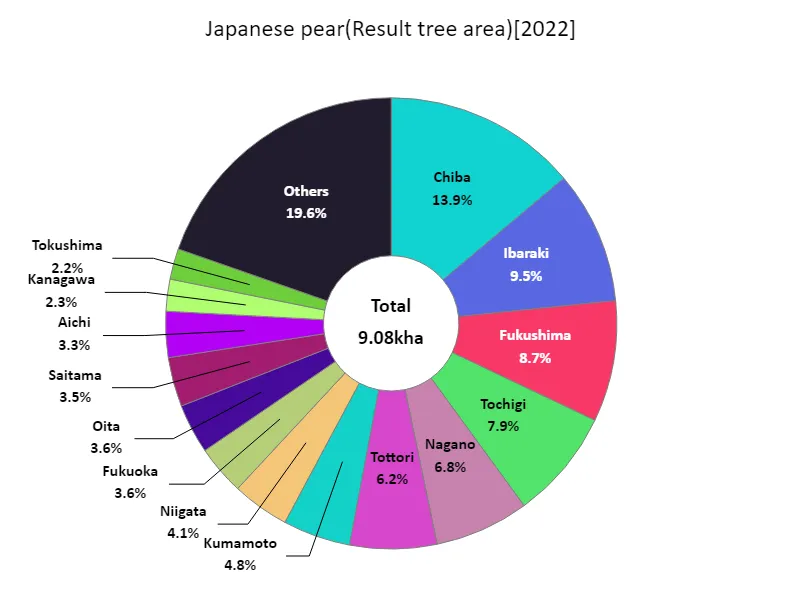

The maximum is 1.26kha of Chiba, the average is 303ha, and the total is 9.08kha
No shipping volume from Japan.
In 2022, the shipping volume of Japanese pears totaled 168,000 tons nationwide, with Chiba Prefecture leading at 18,900 tons—well above the national average of 5,590 tons. Chiba’s dominance reflects its strategic focus on quality production, ideal growing conditions, and proximity to major markets. While total shipping volume has declined from historical highs due to factors such as reduced tree area and aging farmers, regional leaders like Chiba demonstrate resilience. Efforts to improve distribution efficiency and meet consumer preferences for premium varieties have helped sustain the market. These trends highlight both challenges and adaptability in Japanese pear agriculture.
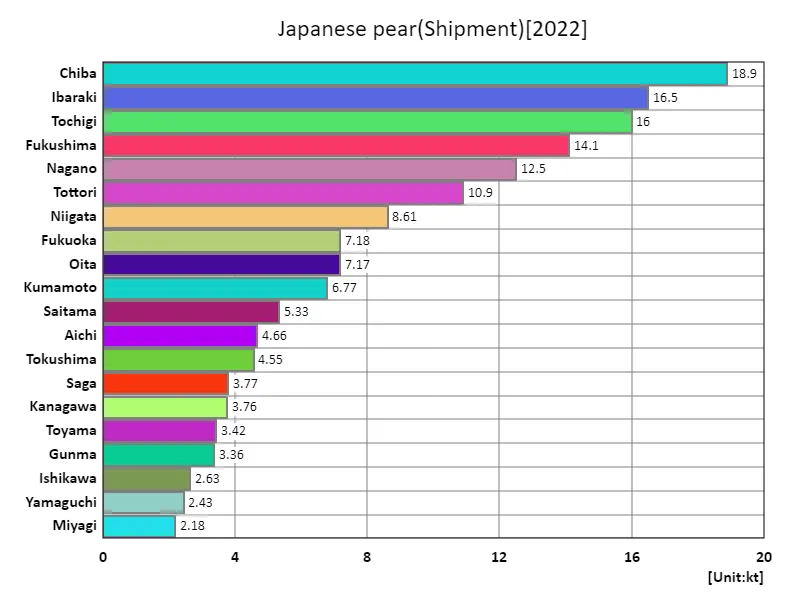

The maximum is 18.9kt of Chiba, the average is 5.59kt, and the total is 168kt
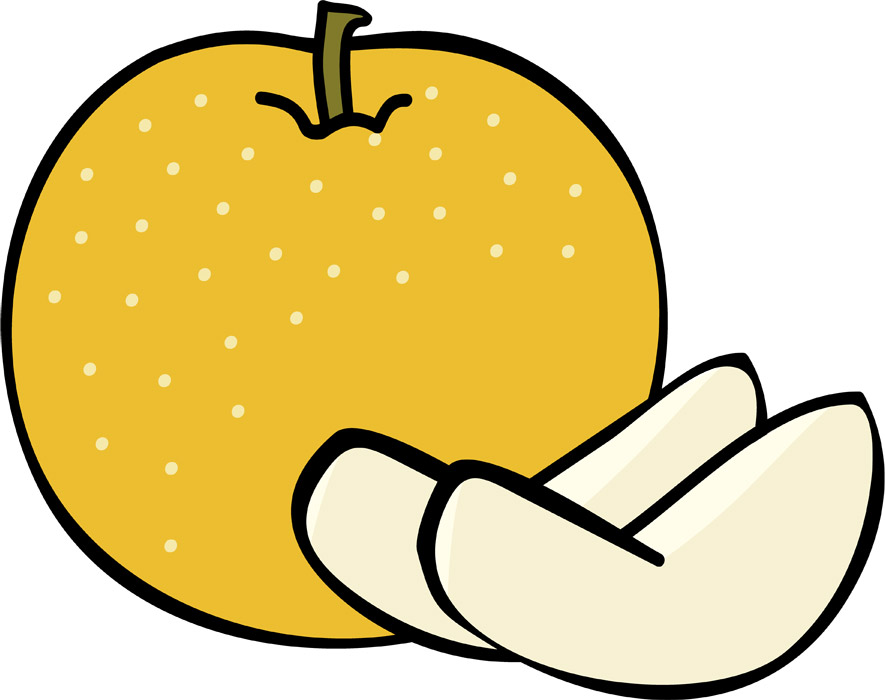


Comments